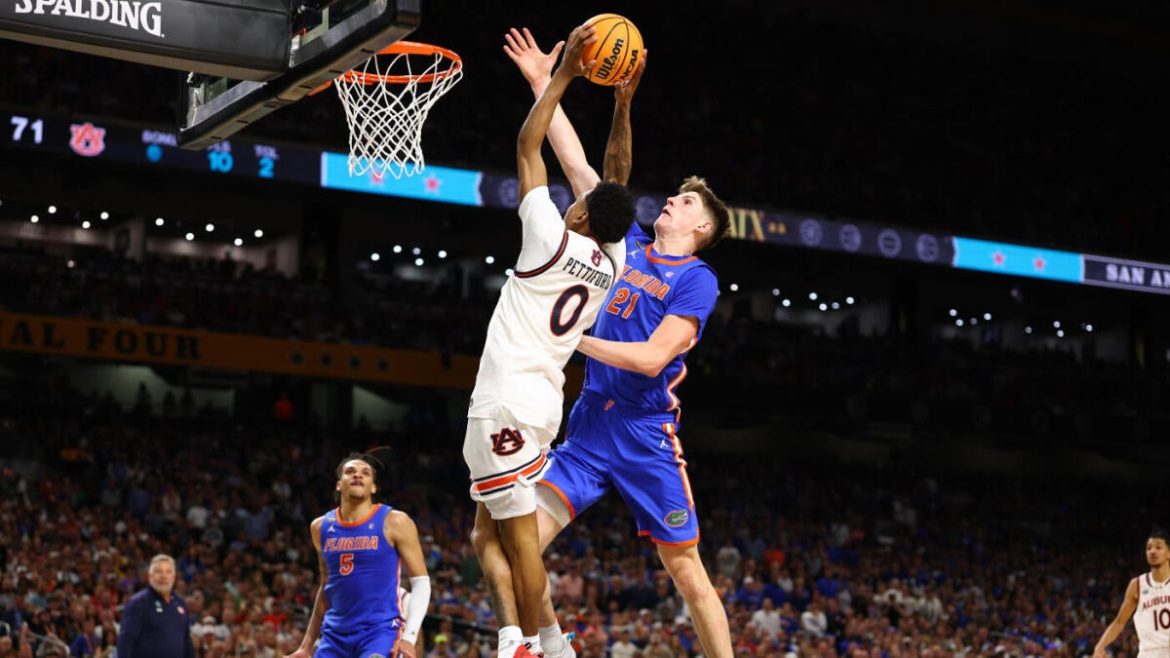NBA Draft Withdrawal Decisions: A Defining Moment for College Basketball’s Future
Each year, the NBA draft withdrawal deadline marks a critical juncture for college basketball programs and aspiring professional players alike. As the 2025 NBA Draft approaches, a flurry of decisions from underclassmen—whether to stay in the draft or return to college—will significantly influence the landscape of the upcoming college basketball season and beyond. This analysis delves into the complexities and ramifications of these withdrawal choices, spotlighting key players, institutional impacts, and how emerging factors like NIL (Name, Image, Likeness) agreements have reshaped decision-making.
The Stakes Behind the Draft Withdrawal Deadline
The NBA sets a strict timeline for early entrants to officially withdraw from draft consideration, allowing players to gauge their draft stock through combines and feedback while preserving NCAA eligibility should they opt to return to school. The 2025 draft withdrawal deadline, coming just days before the draft itself, forces prospects into high-stakes decisions with their futures on the line.
For college programs, the departure or return of key players can shape title hopes, roster construction, and recruiting strategies. Some players’ decisions ripple beyond their own careers, as their movements recalibrate the national competitiveness of their teams.
Impactful Decisions with Ripple Effects for 2025–26 College Basketball
Recent reports highlight at least a dozen impactful decisions already shaping next season’s outlook:
– Milos Uzan and Alex Condon, notable talents, recently chose to withdraw from the draft pool, signaling their intent to return to college hoops. Their decisions provide stability and skill to their respective programs, though delay their professional pursuits.
– Conversely, Cedric Coward, a rising star whose breakout was halted by injury, seems poised to remain in the draft. His potential early exit exemplifies how injuries and draft evaluations interplay in the decision to turn pro or stay.
– Prospects like Drake Powell and Cedric Coward have been identified as strong candidates to capitalize on their draft stock and forgo returning, underscoring the tension between lottery intrigue and securing a solid professional foothold.
– Players such as Oweh and Karter Knox have opted to “run it back” in college instead of taking first-round risk, a trend that tightens college talent pools but challenges NBA teams looking for early talent gems.
With over 100 early entry candidates for the 2025 Draft, these decisions create a constantly evolving draft pool and a domino effect on college team competitiveness.
The Role of the NBA Combine and Market Feedback
The NBA Draft Combine plays a pivotal role in the decision process. It offers prospects exposure to NBA personnel, skill assessments, and invaluable feedback on projected draft position. Players who receive favorable evaluations may stay the course, while others may choose the security of returning to college to refine their games and improve their stock.
For example, after the combine, college teams gain clearer insights into probable roster makeups. Some players enhance their prospects significantly, while others reconsider their draft viability. The combine thus acts as a crucible of information, shaping last-minute withdrawals or confirmations.
Influence of NIL on Player Decisions
The relatively recent advent of NIL agreements has injected a new variable. Players now have lucrative opportunities to earn off-court income without turning professional, reducing the financial pressure to enter the draft prematurely. NIL incentives can encourage talented freshmen and underclassmen to remain in college, enhancing program stability and competitive balance.
This evolving dynamic means some players who might have once declared for the draft to secure professional contracts choose instead to maximize their collegiate NIL deals and develop further.
Teams on the Line: Winners, Losers, and Uncertainties
Certain programs stand to benefit or face challenges based on these decisions:
– Duke, known for producing NBA talent, saw key contributors like Cedric Coward depart, forcing a reload of talent and recruitment plans.
– Florida is in a position to retool with players opting to return, strengthening its roster depth for the upcoming year.
– Programs investing heavily in player development or expecting certain players to return face strategic reevaluation when late NBA decisions emerge.
For NBA teams, an influx of players returning to college adds complexity in scouting and prospect investing. The increased retention of talent at the collegiate level potentially heightens the quality of NCAA basketball but temporarily delays the infusion of new talent into the NBA.
Looking Ahead: Navigating Uncertainty and Opportunity
As the 2025 NBA Draft deadline passes and the early entrant list solidifies, the college basketball landscape will reshape itself with a mix of returning stars and fresh faces. Players must weigh factors such as draft projections, personal development, injury history, and NIL opportunities. Programs must meantime prepare for roster volatility, adapting strategies for recruitment and player retention.
The delicate balance between pursuing professional dreams and maximizing collegiate growth is at the heart of these withdrawal decisions—reflecting not just the journey of individual athletes but the broader evolution of basketball’s ecosystem.
—
Conclusion: The Draft Deadline as a Pivotal Turning Point
The 2025 NBA draft withdrawal deadline represents more than a procedural cutoff—it is a crucible where the futures of players and programs are forged. The decisions made in this window will reverberate across the 2025–26 college basketball season and influence the shape of the NBA draft pool. As players navigate personal ambitions against new opportunities like NIL and the realities of draft evaluations, their choices embody the evolving narrative of basketball’s next generation. For fans, coaches, and scouts alike, this period offers a compelling glimpse into the sport’s constantly shifting landscape, marking a moment of uncertainty, hope, and transformation.





